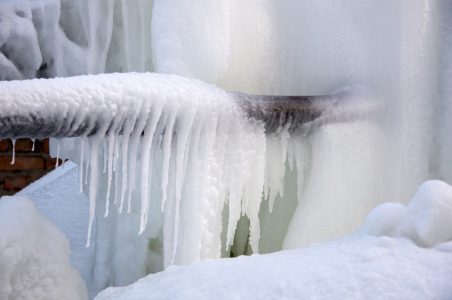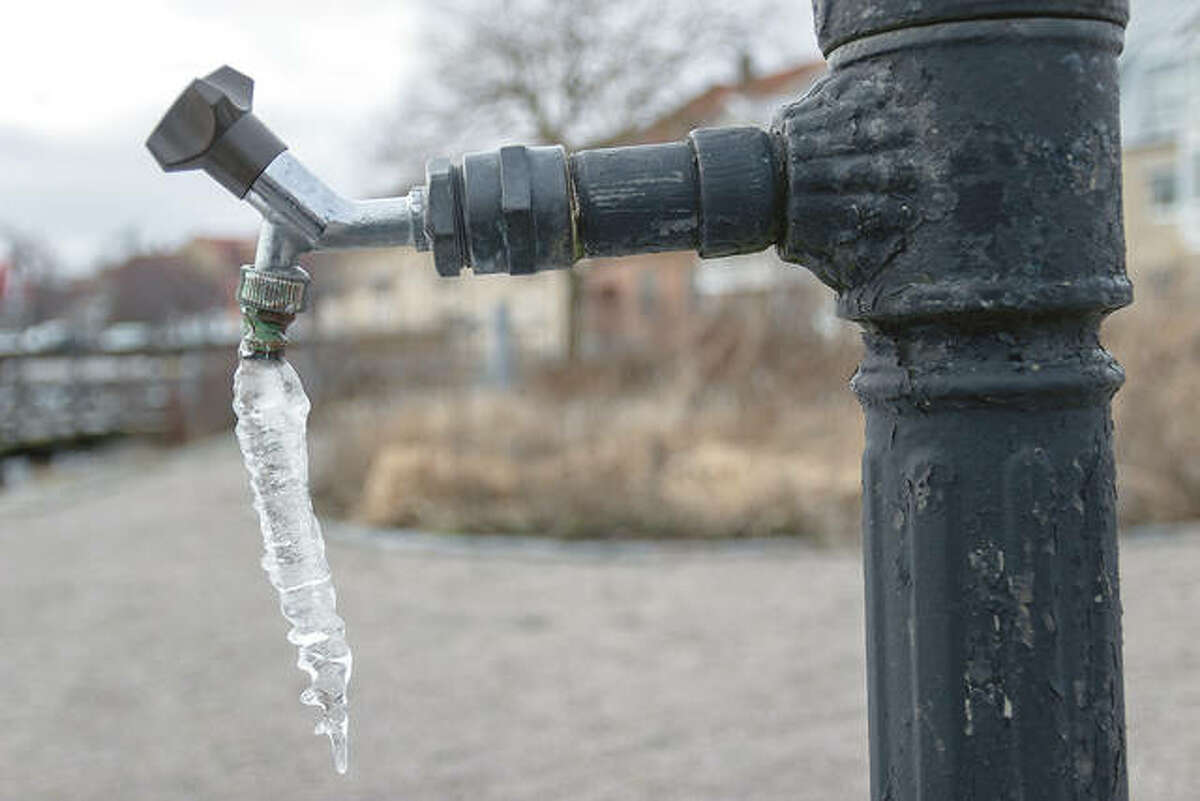Ways to Protect Pipes from Cold Weather: Professional Tips
Ways to Protect Pipes from Cold Weather: Professional Tips
Blog Article
On this page underneath you can find some superb information on the subject of How To Avoid Freezing Pipes.

Cold weather can wreak havoc on your pipes, specifically by freezing pipes. Here's just how to avoid it from happening and what to do if it does.
Intro
As temperature levels drop, the threat of frozen pipelines boosts, potentially bring about expensive repairs and water damages. Understanding exactly how to avoid frozen pipelines is crucial for property owners in chilly environments.
Avoidance Tips
Shielding at risk pipelines
Cover pipelines in insulation sleeves or make use of heat tape to protect them from freezing temperatures. Focus on pipelines in unheated or external locations of the home.
Home heating methods
Keep interior spaces sufficiently heated up, especially locations with pipes. Open closet doors to permit cozy air to distribute around pipelines under sinks.
Exactly how to determine icy pipelines
Try to find decreased water flow from faucets, uncommon smells or noises from pipelines, and noticeable frost on subjected pipes.
Long-Term Solutions
Structural modifications
Think about rerouting pipes far from outside walls or unheated locations. Include extra insulation to attic rooms, cellars, and crawl spaces.
Upgrading insulation
Buy high-quality insulation for pipelines, attics, and wall surfaces. Appropriate insulation aids preserve consistent temperature levels and reduces the danger of frozen pipes.
Protecting Outside Pipes
Garden pipes and outdoor faucets
Separate and drain garden pipes prior to winter season. Set up frost-proof faucets or cover outdoor faucets with protected caps.
Recognizing Icy Pipes
What causes pipes to freeze?
Pipelines ice up when revealed to temperature levels listed below 32 ° F (0 ° C) for extended periods. As water inside the pipes ices up, it increases, putting pressure on the pipeline wall surfaces and possibly creating them to break.
Threats and problems
Icy pipes can result in water system interruptions, property damages, and pricey repair services. Ruptured pipelines can flood homes and create comprehensive structural damage.
Indicators of Frozen Water Lines
Determining icy pipes early can stop them from bursting.
What to Do If Your Pipelines Freeze
Immediate actions to take
If you suspect icy pipes, maintain faucets available to ease pressure as the ice thaws. Use a hairdryer or towels soaked in warm water to thaw pipes slowly.
Verdict
Preventing frozen pipelines calls for proactive steps and fast feedbacks. By understanding the causes, indications, and safety nets, homeowners can safeguard their pipes throughout winter.
5 Ways to Prevent Frozen Pipes
Drain Outdoor Faucets and Disconnect Hoses
First, close the shut-off valve that controls the flow of water in the pipe to your outdoor faucet. Then, head outside to disconnect and drain your hose and open the outdoor faucet to allow the water to completely drain out of the line. Turn off the faucet when done. Finally, head back to the shut-off valve and drain the remaining water inside the pipe into a bucket or container. Additionally, if you have a home irrigation system, you should consider hiring an expert to clear the system of water each year.
Insulate Pipes
One of the best and most cost-effective methods for preventing frozen water pipes is to wrap your pipes with insulation. This is especially important for areas in your home that aren’t exposed to heat, such as an attic. We suggest using foam sleeves, which can typically be found at your local hardware store.
Keep Heat Running at 65
Your pipes are located inside your walls, and the temperature there is much colder than the rest of the house. To prevent your pipes from freezing, The Insurance Information Institute suggests that you keep your home heated to at least 65 degrees, even when traveling. You may want to invest in smart devices that can keep an eye on the temperature in your home while you’re away.
Leave Water Dripping
Moving water — even a small trickle — can prevent ice from forming inside your pipes. When freezing temps are imminent, start a drip of water from all faucets that serve exposed pipes. Leaving a few faucets running will also help relieve pressure inside the pipes and help prevent a rupture if the water inside freezes.
Open Cupboard Doors
Warm your kitchen and bathroom pipes by opening cupboards and vanities. You should also leave your interior doors ajar to help warm air circulate evenly throughout your home.

We hope you enjoyed our section about Helpful Tips to Prevent Frozen Pipes this Winter. Thank you for taking a few minutes to browse our post. Feel free to take a moment to promote this blog entry if you appreciated it. We appreciate your readership.
Click Here Report this page